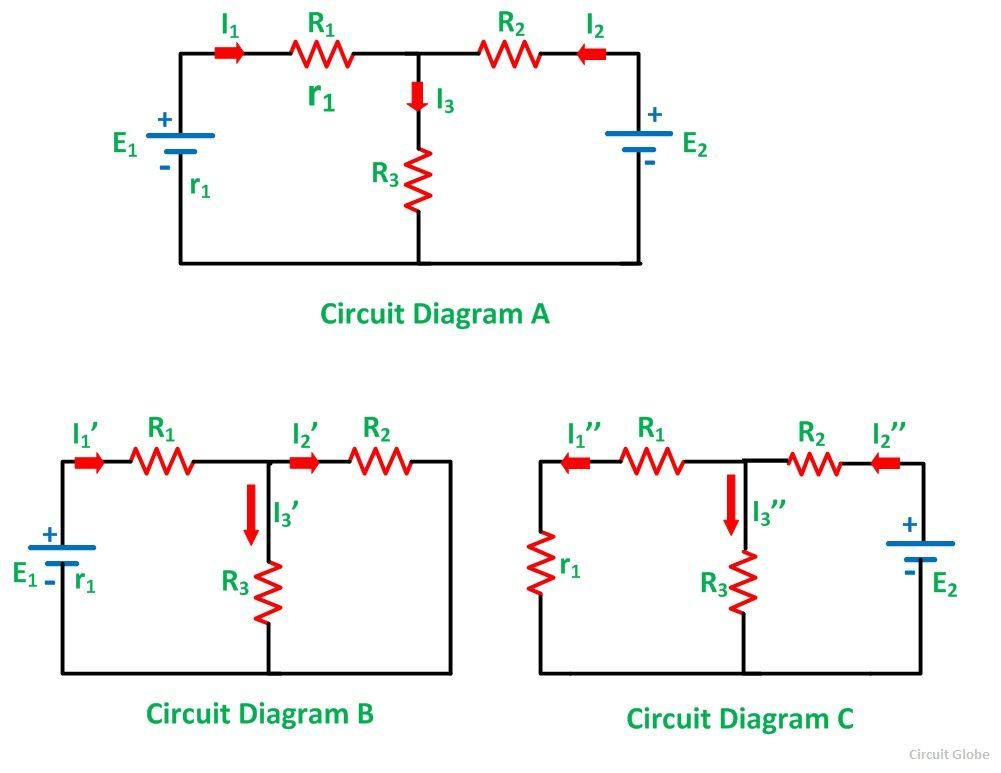Super Position Theorem Presentation
| Introduction to Superposition Theorem | ||
|---|---|---|
| Superposition theorem is a powerful tool used in electrical engineering. It allows us to analyze complex circuits by breaking them down into simpler parts. This theorem is based on the principle of linearity in electrical circuits. | ||
| 1 | ||
| Understanding Superposition | ||
|---|---|---|
| Superposition theorem states that in a linear circuit containing multiple sources, the response at any point can be determined by considering the individual effect of each source, one at a time. This means that we can turn off or "deactivate" all other sources while analyzing the effect of a single source. The final response is obtained by adding the individual responses due to each source. | ||
| 2 | ||
| Steps to Apply Superposition Theorem | ||
|---|---|---|
| Identify all the sources present in the circuit. Deactivate all but one source (by replacing voltage sources with short circuits and current sources with open circuits). Analyze the circuit using traditional circuit analysis techniques. | ||
| 3 | ||
| Applying Superposition - Example | ||
|---|---|---|
| Let's consider a circuit with two voltage sources and a resistor. We will apply the superposition theorem to determine the current flowing through the resistor. First, we deactivate one voltage source and analyze the circuit. | ||
| 4 | ||
| Advantages of Superposition Theorem | ||
|---|---|---|
| Superposition theorem simplifies the analysis of complex circuits by breaking them down into smaller, more manageable parts. It allows us to solve circuits with multiple sources easily. The theorem is based on the principle of linearity, which is a fundamental concept in electrical engineering. | ||
| 5 | ||
| Limitations of Superposition Theorem | ||
|---|---|---|
| Superposition theorem can only be applied to linear circuits. Nonlinear elements, such as diodes or transistors, cannot be analyzed using this theorem. The theorem assumes that all circuit elements are passive and do not depend on the response of other elements. | ||
| 6 | ||
| Real-World Applications | ||
|---|---|---|
| Superposition theorem is widely used in the analysis of electrical circuits in various fields, including power systems, telecommunications, and electronics. It helps engineers design and troubleshoot circuits more efficiently. The theorem is particularly useful in analyzing circuits with multiple sources, such as power distribution networks. | ||
| 7 | ||
| Conclusion | ||
|---|---|---|
| Superposition theorem is a valuable technique in electrical engineering for analyzing circuits with multiple sources. It simplifies complex circuit analysis by considering the individual effects of each source. By applying the theorem, we can determine the response at any point in the circuit. | ||
| 8 | ||
| References (download PPTX file for details) | ||
|---|---|---|
| [List your references here]... Your second bullet... Your third bullet... |  | |
| 9 | ||



